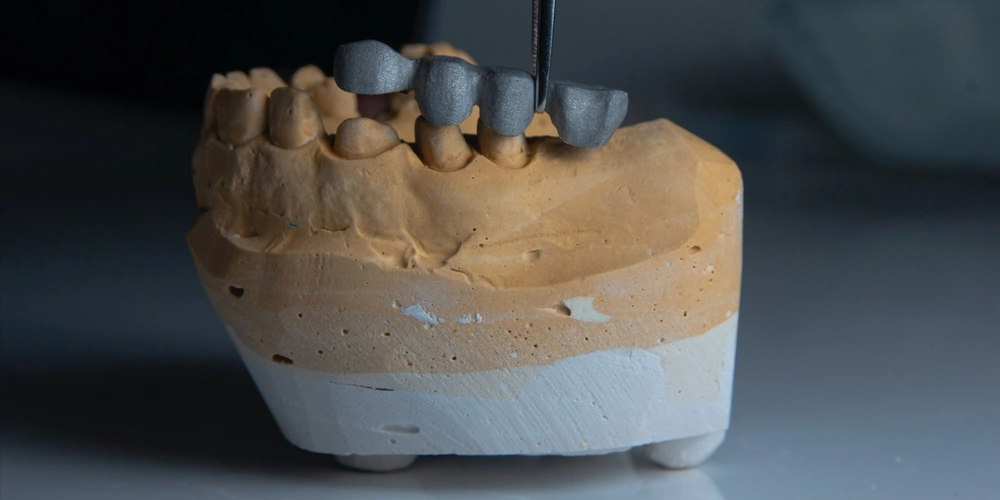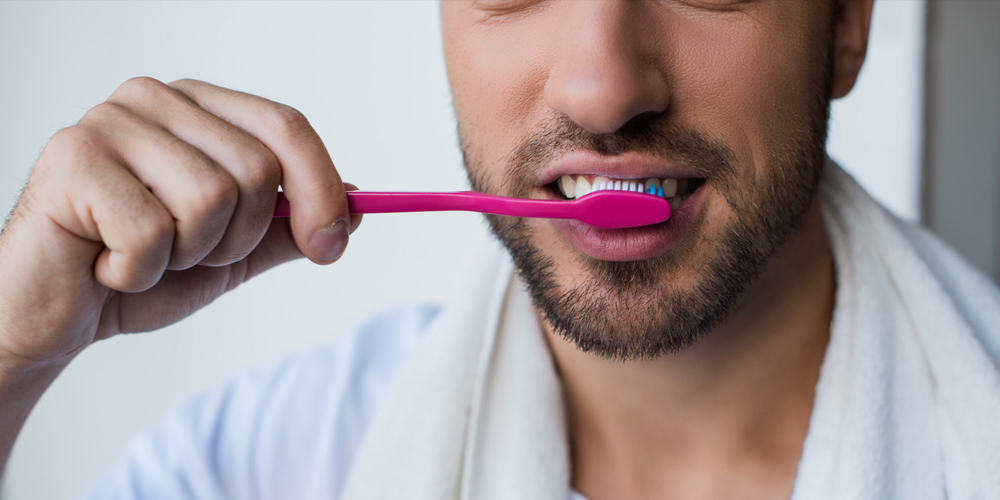Dental Bridge
A dental bridge is a great alternative method from using implants to replace one or multiple teeth. Often time this method is also more cost effective than using implants. The procedure of having a bridge installed is also less invasive. Dental bridges are a perminant solution to restoring your smile and ability to chew in areas you wouldn’t normally be able to chew in due to missing teeth. Don’t suffer from missing teeth any longer than you have to. Give Modern Smile Dentistry a call and let us discuss a solution that is right for you!
“We give you a reason to smile!”
Benefits of a Dental Bridge
A dental bridge is the utilization of neighboring teeth as support to replace missing tooth/teeth between them. While some techniques of dentistry to replace missing teeth involve a removable appliance, such as partial or complete dentures, fixed bridges are not removable and an excellent permanent restorative option to replace missing teeth. Bridges are designed to replace one or multiple teeth. The idea of a bridge is to completely cover the neighboring teeth and replace the missing tooth/teeth between them to its original shape, size and color. Our cosmetic dentistry techniques produce some of the best looking bridges you can find.
Like any bridge, there will need to be anchor points to support the floating region. Here, the anchors are the neighboring teeth, will the floating bridge section will be the missing teeth. Bridges are utilized as an option to replace missing teeth or when dental implants are not an option for various reasons. Fixed bridges are most commonly used for correcting occlusion (bite), when dental implants are not an option, to improve chewing abilities, to prevent further shifting of teeth, or replacing missing teeth.
Different Types of Dental Bridges
There are many different materials bridges can be fabricated from. Each type has its own advantages and disadvantages and may be recommended based on the patients’ needs and the location of the restoration. The most commonly used bridges today made from porcelain (tooth colored), porcelain fused to metal (PFM) and gold. Your dentist will explain which type will be recommended for you before treatment. When fillings, inlays or onlays are not an option, a quality dental bridge may be your best option.

Porcelain Bridges

Porcelain Fused to Metal Bridges

Gold Bridges

What Can I Expect at My First Appointment?
First we will discuss which bridge material is best for you, porcelain, PFM or gold. Once it is determined, the first thing Dr. Nima Mashhoon will do is make sure that the tooth/teeth are numb, so you can be as comfortable as possible during the duration of your treatment. A preliminary impression (mold of teeth) will be captured of the teeth, to allow for the fabrication of a temporary bridge.
Once the teeth have been determined to be decay free, the abutment (anchoring) teeth will be shaped into a smaller version of that tooth. The teeth will be cleaned and isolated as keeping the teeth clean and dry is imperative at this stage. Another impression will now be captured of the smaller version, to send to the lab. A temporary bridge will be fabricated and placed onto the teeth, which you will wear for roughly two weeks until the lab fabricated bridge has been designed and delivered. During the temporary phase, it is important to avoid hard and sticky foods. This will prevent damage and dislodgment of the temporary bridge.
If for any reason the bridge were to break or become dislodged before delivery of the final version, it is imperative for you to contact Modern Smile Dentistry (805-934-4000) within 24-48 hours for a new temporary bridge to be placed. If a new one is not placed within that time frame, the new bridge may not fit and a new impression may be warranted with a new bridge needing to be fabricated.

What Can I Expect at My Second Appointment?
The tooth/teeth may or may not need to be numbed again during the delivery. This is a case-by-case determination. The temporary bridge will then be removed and the teeth will be cleaned and pumiced to remove all debride. The teeth will then be cleaned and dried. The bridge will then be gently tried in to make sure that clinically it is sound, moreover, the patient will approve the shade of the bridge before cementation. A radiograph (x-ray) will aid in this verification.
Once confirmed, desensitizer, which helps in prevent sensitivity, may be applied (this will be determined by your dentist). Similar to a porcelain crown, the bridge will then be gently cemented and the excess will be cleaned. Another radiograph will be captured to verify a successful procedure. It will be advised to avoid chewing on that side for 24 hours to allow the cement to fully cure. Post-operative instructions will be provided to every patient.

Prolong the Life of Your Bridge
While dental bridges are highly durable, it is imperative to maintain proper oral hygiene (brush, floss, mouthwash) to prolong the life of the dental bridge and prevent decay in surrounding teeth that could lead to a root canal. With time wear and tear may lead to replacement or re-cementation of the bridge as part of normal wear.

